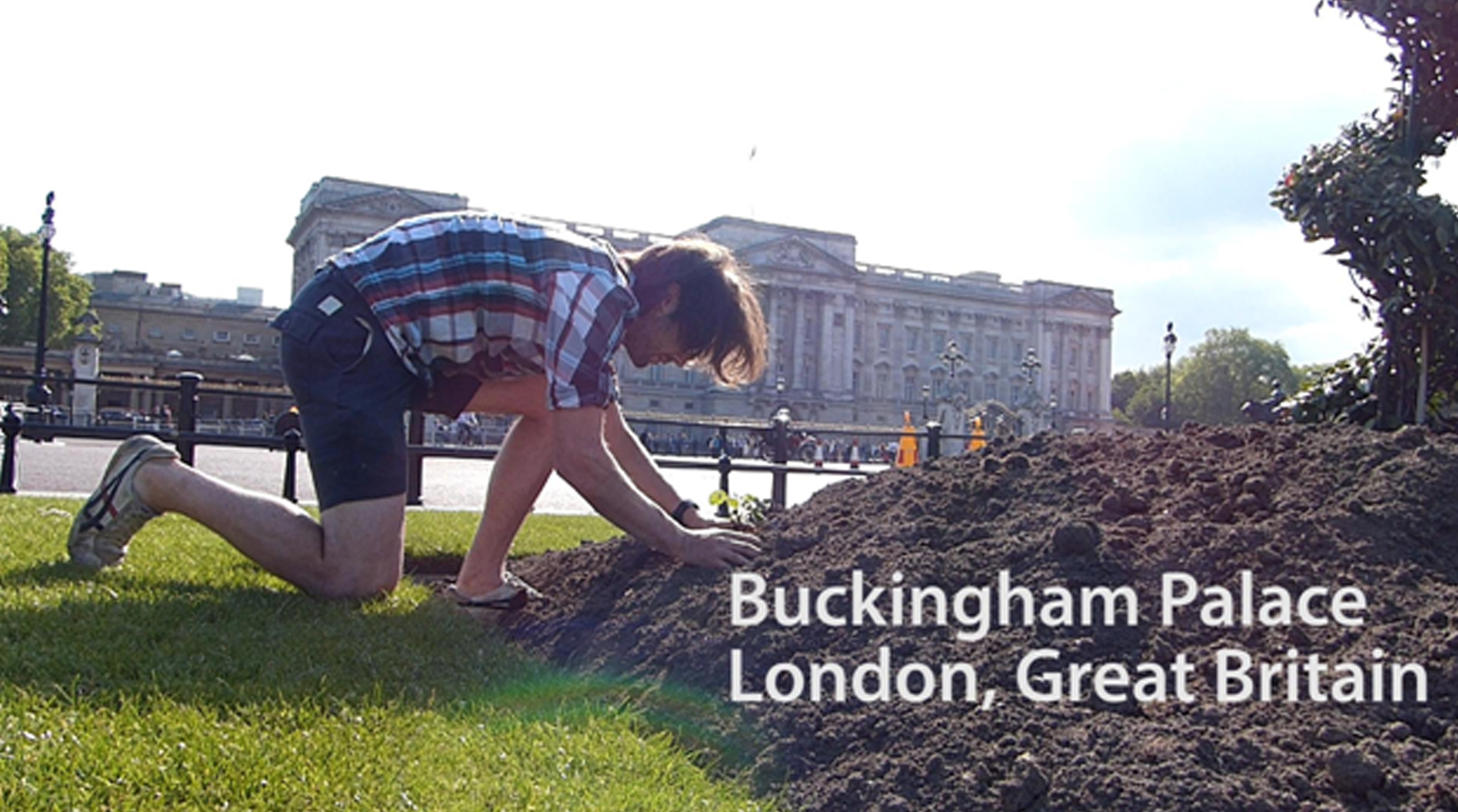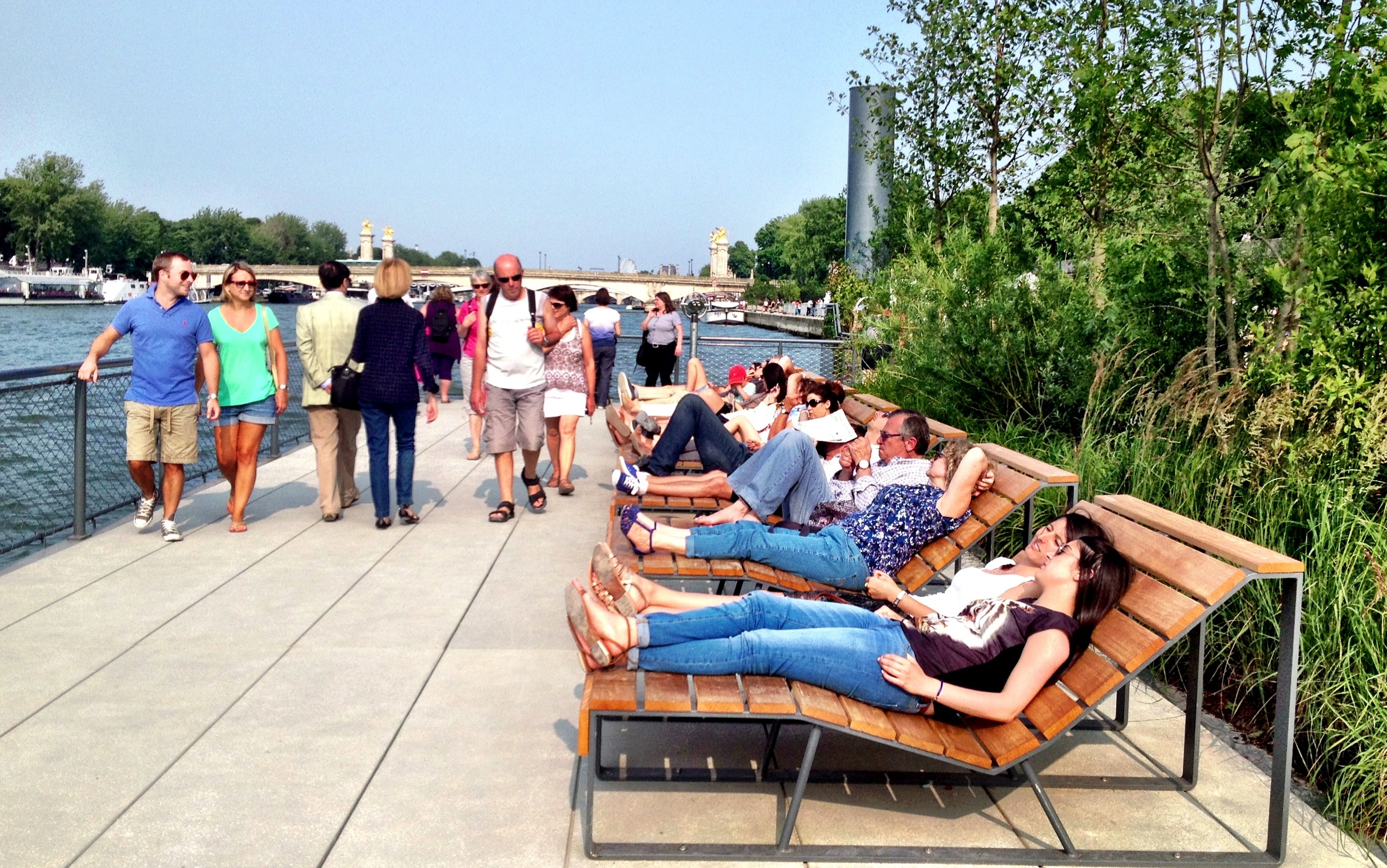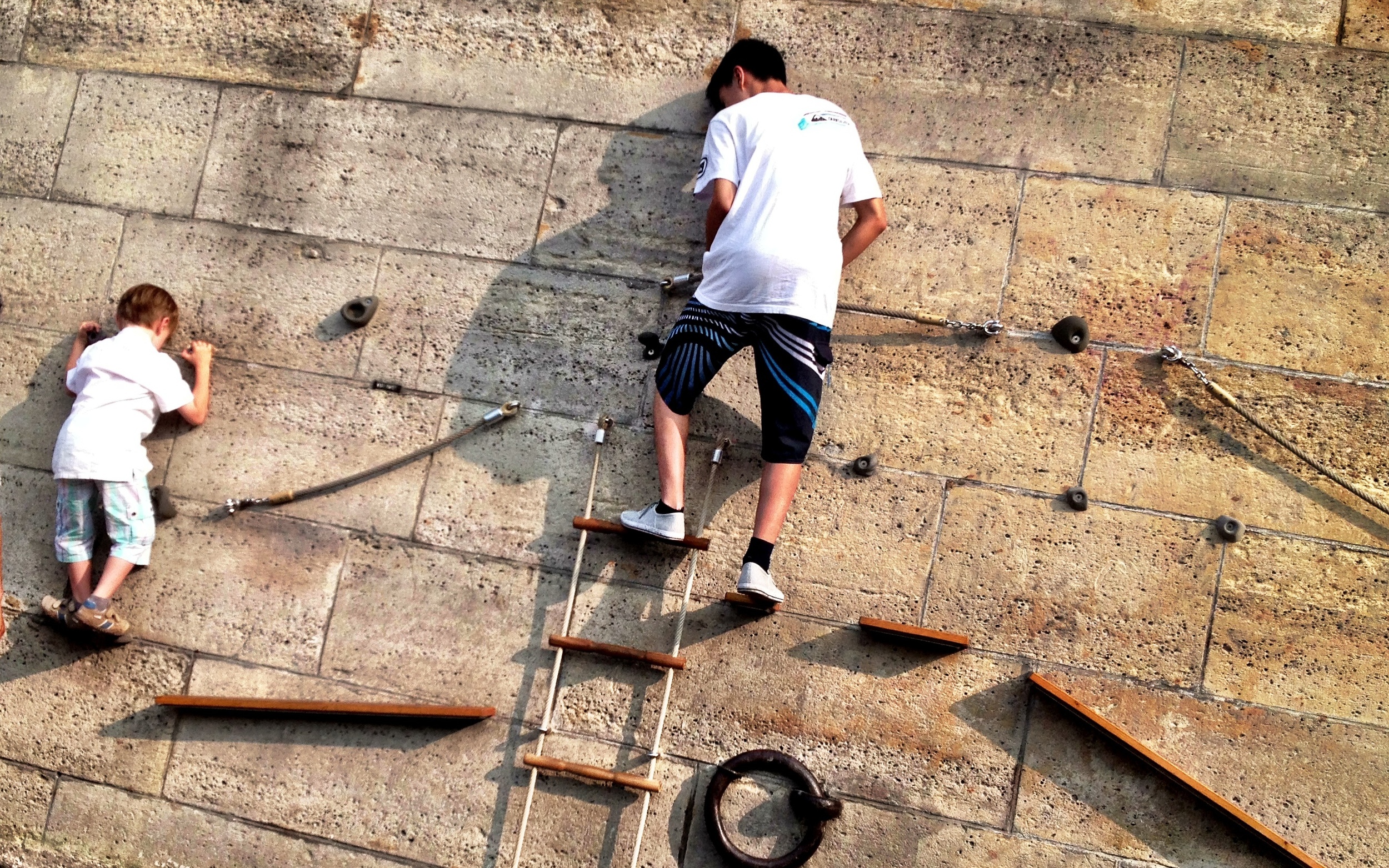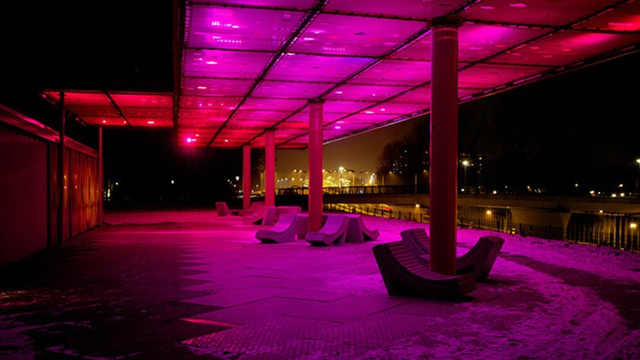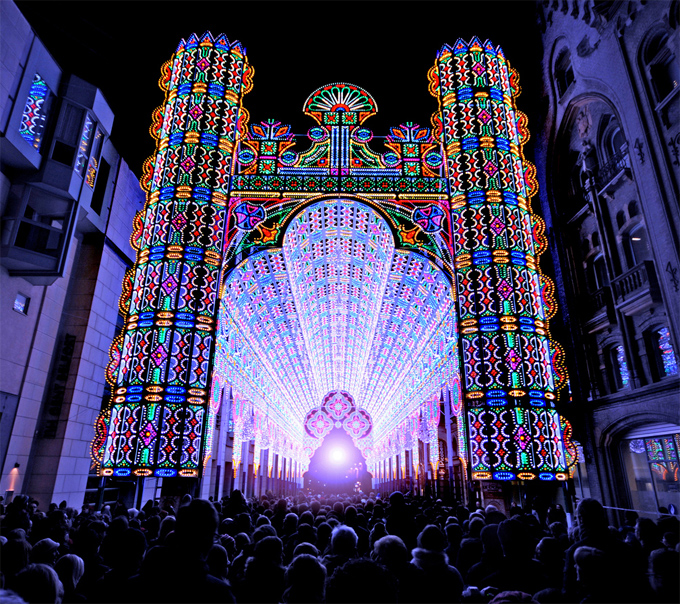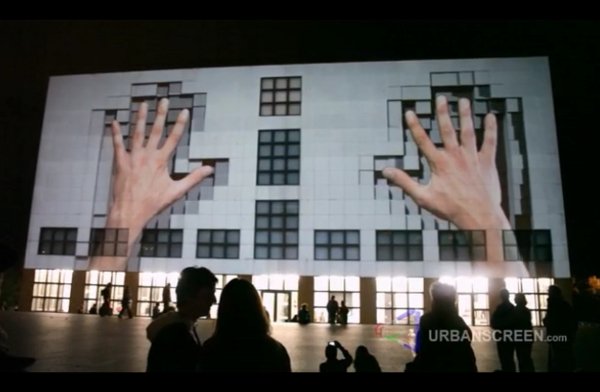While traditionally
food provision was considered a rural (and not an urban) issue, this is
changing. City planners, architects, school teachers, restaurant owners, NGOs and
urban dwellers are eager to re-define the buzz around ‘local food’ – so local
it may be grown on your roof, balcony, backyard or city park. (My balcony is full of carrots, tomatoes,
beans, peas, radishes, peppers, spinach, salads, pumpkins, courgette, strawberries and a variety of herbs – I can
barely wait for the summer sun to hit the European continent!)
Historically, the relationship
between cities and their hinterland was strong, as Carolyn Steel points out in
her book, the Hungry City. Cities
like Amsterdam, London or Paris were dependent on grains, vegetables, fish or
meat entering the city at different points; even today the names of certain
streets or districts are distinguished by their former roles. With the
invention of motorized transport, food could be shipped from further afield, severing
a city’s link to its immediate periphery. Today, cities host food choices from
across the globe; cultural restaurants, specialty stores and markets feed an
increasingly diverse population with a nuanced pallet. While variety has
benefits, it also has consequences – almost half of food is wasted, industrial agriculture has led to soil and
biodiversity loss, as well as increased fossil fuel dependence (fertilizers,
transport, etc.)
As a result, city planners
now take food more seriously; in part because of several complex and
interlinked issues: food pricing surges, food security concerns, climate
change, land conflicts, rapid urbanization and health consequences (e.g.
obesity). Cities are adopting urban food policies under the banners of public health, social justice or sustainability
(keeping in mind a sense of ‘cosmopolitan localism’ combining locally-produced
seasonal food together with fairly-traded global commodities). Toronto, New York, Seattle and San Francisco lead the way in North America, while London and Amsterdam push the charge in Europe.
In Amsterdam, the city’s food strategy has
many objectives simultaneously: to re-connect the city to its regional
hinterland for economic and ecological reasons, public procurement of local and
regional organic food and a focus on healthy foods and lifestyles. The city also
emphasizes urban agriculture in zoning plans, allotment gardens, school gardens
and supporting citizen initiatives in the city – even setting up a local coordination office for urban agriculture. While linking a city to its
regional hinterland remains important (as in Amsterdam); today’s urban agriculture trend is more
infused with the urban landscape, finding creative ways of growing food on
rooftops, windowsills, spare pavement or vacant lots.
It is not only the local authority that
has an interest in local food, however. Many organizations collaborate to
change the city’s food footprint. In Amsterdam, an organization appropriately
called CITIES has a distinct
focus on urban agriculture and urban/ rural linkages. They offer ‘food tours’ to explain
the city’s historic food connections, map modern city farming efforts and host the Amsterdam Harvest Event, bringing
local farmers and other local food initiatives
together. Proef offers
“pick your own lunches” in their restaurant’s garden. Cityplot offers workshops and guidance for blossoming
urban farmers. Cityplot teamed up with ‘I can change the world with my two hands’ (another local urban agricultural initiative) to
launch a new education garden. This education garden hosts workshops with garden
beds dedicated to different farming methods, including: permaculture,
biodynamic farming, seed saving, dye plants, wild herbs and edible flowers– all
with an urban twist. Meanwhile, a local urban agricultural shop, called Access
to Tools, just opened up in Amsterdam – selling (urban) farming equipment and
soon, the city’s blossoming harvest.
These are just a few of
many urban agricultural and food initiatives underway in Amsterdam. While the
winter has been long this year on the European continent and the growing season
only now underway, many of us are eager of what lies ahead! Want to know more
about local food culture in Amsterdam? I often write about the subject on my
own blog.












